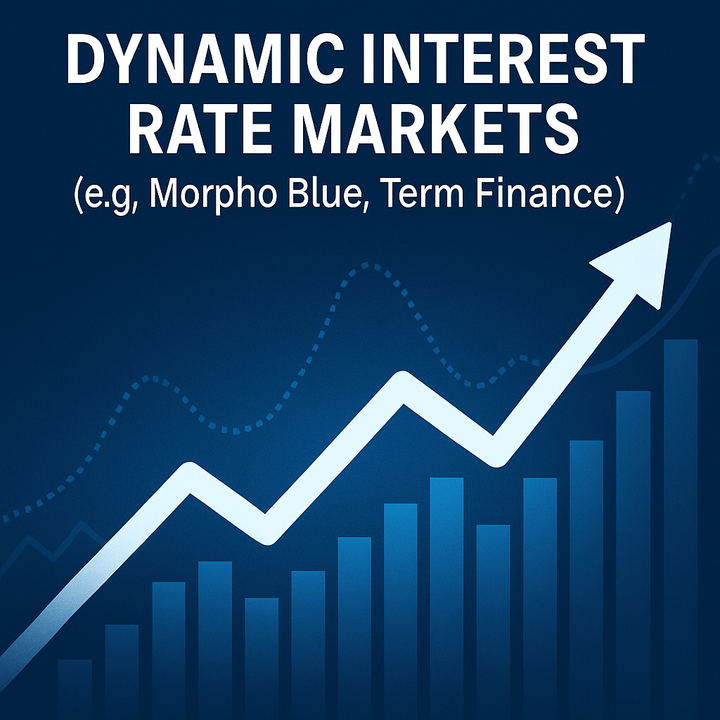How Trump’s Policies Are Shaping the Cryptocurrency Market: From Deregulation to Meme-Coins

Introduction
With Donald Trump’s return to the White House in 2025, the cryptocurrency market has once again come under the spotlight. Trump’s approach to digital assets departs sharply from that of his predecessors and carries profound implications for the broader crypto economy. Why does this matter? As the world’s foremost financial center, actions by the U.S. administration inevitably ripple through the entire crypto ecosystem.
In this article, we’ll explore how Trump’s initiatives are redefining the landscape for cryptocurrencies and what opportunities—and risks—this shift presents for investors and developers alike.
1. A Regulatory U-Turn: From Bans to Support
Repealing the Digital Dollar
One of Trump’s first moves was Executive Order No. 14178, which scrapped the initiative to create a central-bank digital currency (CBDC). In its place, he established a Digital Assets Working Group charged with fostering innovation in digital finance without heavy-handed government control. The message to the market was clear: the U.S. government will no longer compete with private cryptocurrencies.
A Friendlier SEC and the End of “Operation Chokepoint 2.0”
The appointment of Paul S. Atkins as SEC Chair signaled a more welcoming stance toward digital assets. Atkins, a long-time advocate for free markets, pledged to reduce regulatory burdens on crypto firms. Simultaneously, the administration halted “Operation Chokepoint 2.0,” restoring banks’ ability to provide services to cryptocurrency projects without fear of regulatory retaliation.
2. Economic Strategy Meets Crypto: Bitcoin in the Spotlight
Bitcoin as Digital Gold
Amid renewed trade tensions with China and growing economic uncertainty, Bitcoin has emerged as a hedge against risk. Investors increasingly view it as a form of “digital gold”—an across-border asset shielded from inflation, sanctions, and central-bank meddling.
Establishment of a U.S. Strategic Bitcoin Reserve
Perhaps the most symbolic move was the creation of a Strategic Bitcoin Reserve, funded by government-seized BTC holdings. By officially incorporating Bitcoin into a state portfolio, the administration bolstered institutional confidence and reinforced BTC’s legitimacy as a recognized financial instrument.
3. Trump’s Personal Crypto Ambitions: Tokenizing Power
Launch of the $TRUMP MemeCoin
Trump didn’t stop at policy. In 2025, he unveiled his own memecoin, $TRUMP, offering a gala dinner invitation to the top 220 token holders. The announcement ignited market frenzy, sending the token’s price soaring over 60% in just days.
Trump Media’s Crypto-ETF Plans
Shortly thereafter, Trump Media & Technology Group announced plans to launch a suite of crypto-based ETFs and financial products. These moves underscore Trump’s ambition not just as a policymaker but as an entrepreneur staking his claim in the fintech arena.
Conclusion
Trump’s crypto policy goes beyond mere deregulation; it represents a strategic pivot of the U.S. toward embracing digital finance. From Bitcoin’s elevation to state reserve status, to lighter-handed oversight and the launch of a personal meme-coin, these measures are rewriting the playbook for how government and crypto intertwine.
Practical Takeaways
- Institutional interest in digital assets is likely to accelerate.
- The U.S. has signaled greater openness to cryptocurrencies at the federal level.
- While the overall outlook is positive, volatility and political risks remain.
Looking Ahead:
If a sitting president actively participates in the crypto market, where does public policy end and private enterprise begin? Will we see similar “tokenized power” experiments in other countries?
About Mitosis:
Mitosis APP
Blog
Docs
X
Discord


Comments ()